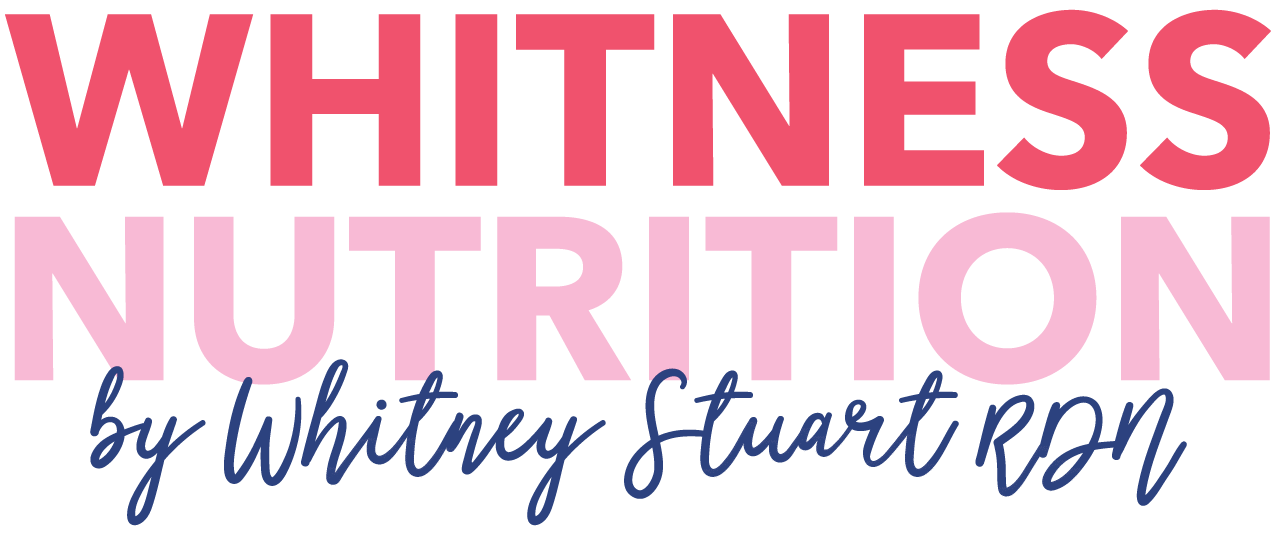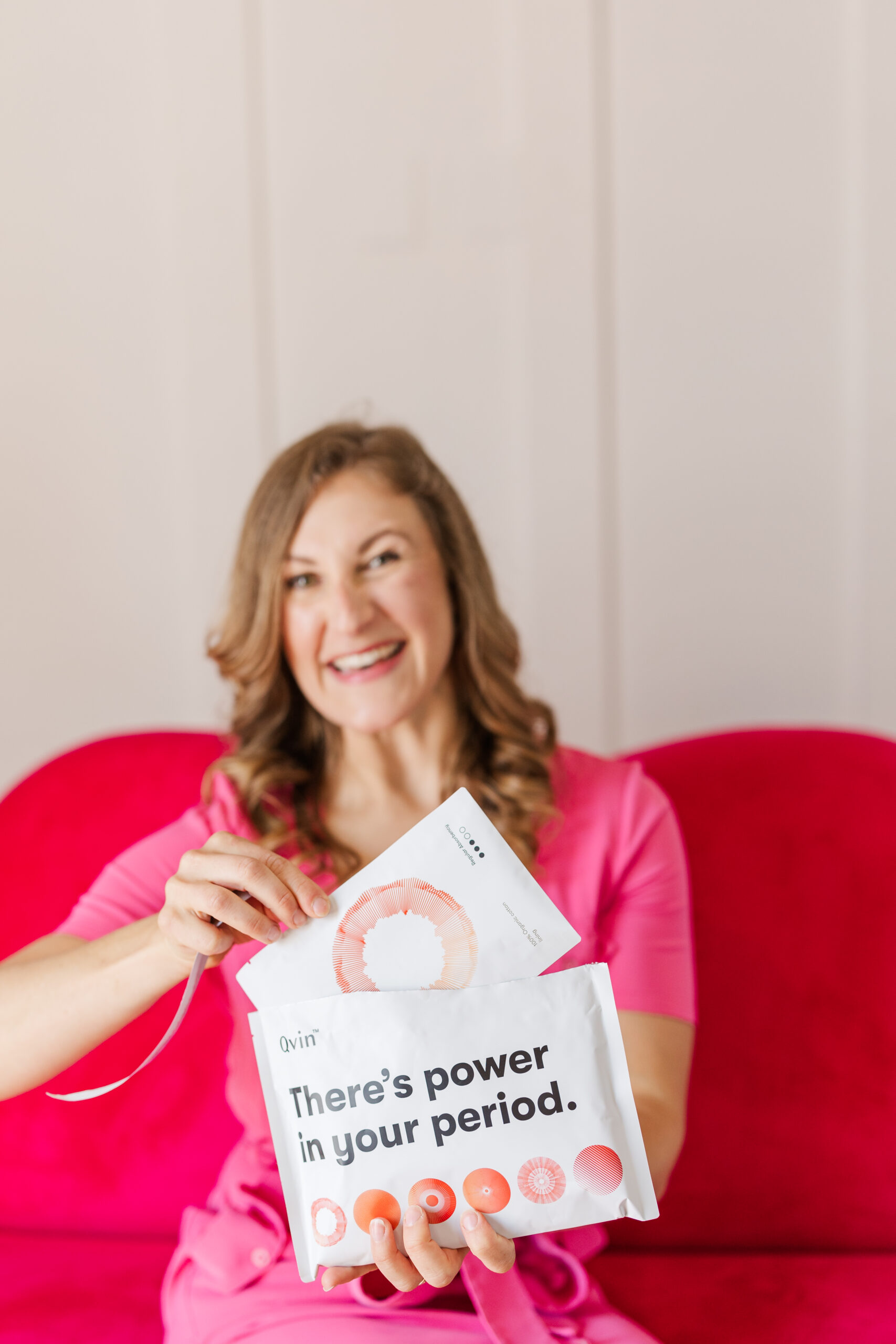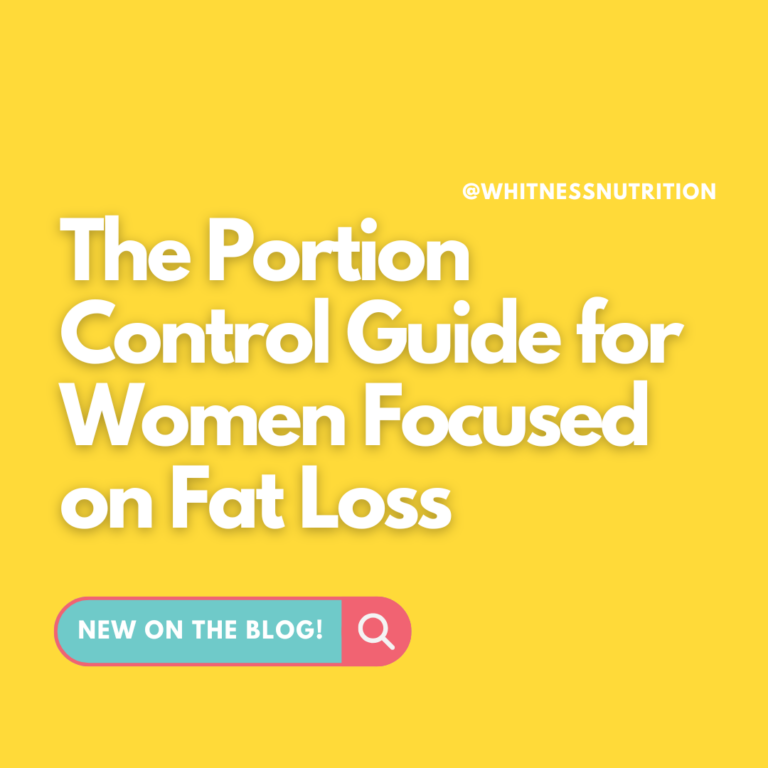Why I stopped recommending A1c labs to my female patients with diabetes
Why I stopped recommending A1c labs to my female patients with diabetes
We’ve all been there, waiting for our labs to be drawn, a little hungry, a little irritated and a little anxious about the results. And let’s be honest, there’s the added stress wondering if the tech is new and knows how to find your vein – ouch! Although we’ve been using lab draws as a standard practice for years, it doesn’t feel very convenient. Many of my patients put labs, whether it’s A1C or thyroid testing, on the back burner when other facets of life take precedence
This is actually one of the reasons I personally sought out in-home lab draws for annual blood work. However, most of my patients who need routine, quarterly lab draws for diabetes management have found it too cost prohibitive so far..
It’s these inconvenient consistent behaviors that land most of my patients with surprisingly elevated blood sugar. Blood sugar being an elevated Hgb A1c (the standard measure of diabetes management), in my virtual diabetes program. They just got busy, they missed a few doctor’s appointments, they were traveling more for work, etc. Suddenly, we see an A1c greater than 9 and the threat of more medication “if they don’t lose weight” from their doctor is looming…
Sound familiar? You aren’t alone!
In fact, as of 2024 it is estimated that 11.6% of the U.S. population has diabetes and approximately 18 million are women. We live in a fast-paced world that prioritizes ease, convenience, and doesn’t favor self-care. It’s projected that there will be at least 1.3 billion individuals in 2050 with diabetes.
As a dietitian and board-certified diabetes educator, it’s my goal to actively prevent the increased prevalence of diabetes. My goal is to create a healthier world for our children to live in by providing simplified and accessible tools and education for diabetes and blood sugar management. This, paired with drastic yet simple changes to diet, exercise and lifestyle can lead to incredible changes for our nation.
It’s normal to feel like your diabetes management is costing you time, pain and money. So, is there a happy medium? How do we simplify diabetes management and testing?
First – let’s review some foundational diabetes management concepts
What is an A1c test?
A1C testing, also known as the hemoglobin A1C test or HbA1c test, is a blood test that measures the average blood glucose (sugar) levels over the last three months. Hemoglobin, a protein in your red blood cells, is what sugar latches on to when it enters your bloodstream. We all have some sugar linked to hemoglobin in our blood, but the issue arises when these sugar-coated hemoglobins pile up.
Those with high blood sugar levels have high amounts of sugar coated hemoglobins. The hemoglobin A1C test measures this amount and uses it to paint a picture of one’s blood sugar levels.
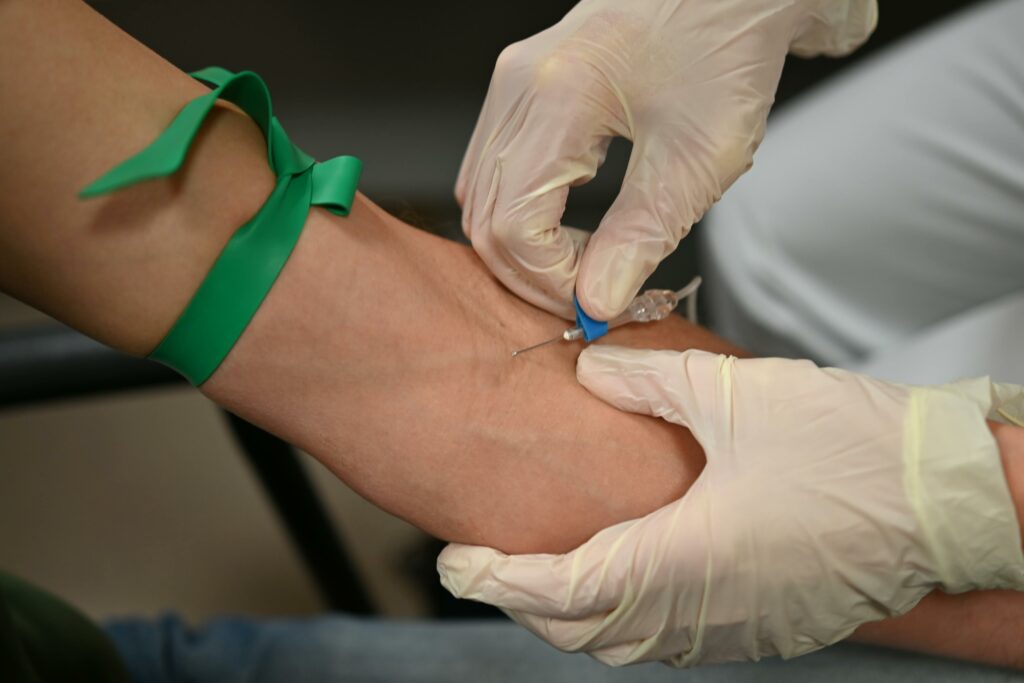
Why is A1c testing important?
A1C testing reflects the average blood sugar level over several months, which can help people with blood sugar imbalances and diabetes. If A1C levels are higher than optimal (more on this below) it might indicate that current habits need some adjustments. Please note that I didn’t say people with diabetes, which is a common misconception about high A1C. High A1c does not only occur in people with a diabetes diagnosis, but doctors can use it to diagnose and reverse diabetes.
Is A1C measured for type 1 and type 2 diabetes?
A1C testing serves as the standard measure of blood sugar management in both type 1 and type 2 diabetes. Patients with type 1 diabetes use this value for medication management and insulin titration. Type 2 diabetes patients may use this value to track progress on reducing and reversing their insulin resistance. Those with Type 2 may also utilize it for a medication management tool, if they are on medication.
The difference in type 1 and type 2 diabetes
Type 1 Diabetes is an organ-specific autoimmune disease. The body attacks the insulin-producing cells of the pancreas, the organ that produces insulin. Insulin is the hormone that regulates blood sugar and keeps blood glucose from drastically dropping or spiking. Those with Type 1 diabetes rely on synthetic insulin and must wear an insulin pump. People used to call Type 1 Juvenile diabetes because they mistakenly thought it only affected children, but it can develop at any age.
Type 2 diabetes is a disease in which blood glucose levels are chronically too high as a result of persistent building insulin resistance. Insulin resistance is a condition that makes the body less sensitive and responsive to insulin. Due to the resistance, the pancreas must produce more insulin than originally needed. When you have insulin resistance, your muscle cells refuse to intake as much glucose and it remains in your blood. Sugar does not belong in the blood for long periods of time. This leads to chronically high blood sugar and eventually, the development of type 2 diabetes.
How can I test my A1C?
Lab Work
Lab work plays an essential role in managing and reversing diabetes. Health professionals like me need data to treat disease, especially one like diabetes that is directly correlated with lab values. An in-person A1c test costs anywhere from $39-$90, which doesn’t include the cost of transportation and time. Experts advise patients to repeat A1c testing at least twice a year.
Experts often recommend testing quarterly, or as frequently as once a month.. It also depends on medication protocols and how (un)controlled blood sugar has been. Health professionals traditionally check A1c only with a venous lab draw, but a new tool on the market will radically improve and transform how women can manage their diabetes!
Qvin – at-home testing with menstrual blood
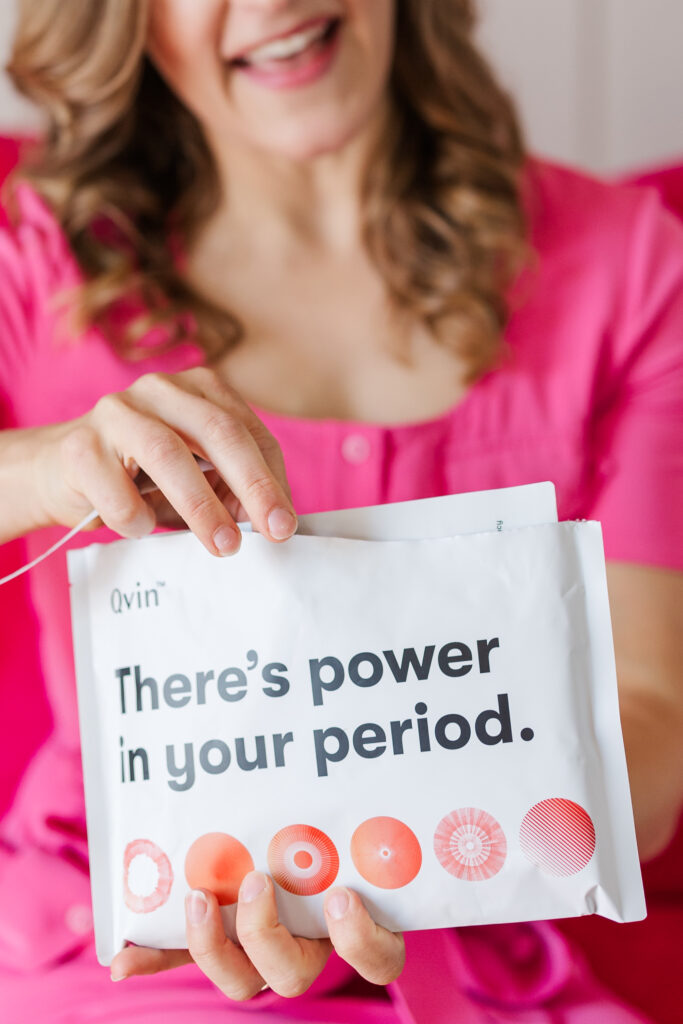 Qvin is an all new ground breaking (!!) at-home A1c blood test that uses menstrual pads to collect menstrual blood (!!) for diagnostic testing. This new test is a non-invasive and needle-free way to get personalized health insights without needing to go to a lab. The FDA-cleared Q-Pad A1c menstrual pad lab test makes use of your period and helps to monitor blood sugar.
Qvin is an all new ground breaking (!!) at-home A1c blood test that uses menstrual pads to collect menstrual blood (!!) for diagnostic testing. This new test is a non-invasive and needle-free way to get personalized health insights without needing to go to a lab. The FDA-cleared Q-Pad A1c menstrual pad lab test makes use of your period and helps to monitor blood sugar.
If you’re like me, the ultimate queen of efficiency, the idea of utilizing my menstrual blood for beneficial data is the coolest thing I’ve heard all year. Most of my patients are multitasking professionals – mom/entrepreneur/wife, and Qvin is a game changer for them. The idea of getting to utilize monthly menstrual blood for health data and insights radically improves our health system for women!
I recommend this at-home testing for all my female patients with diabetes. It is undoubtedly a stress-free way to stay on top of diabetes management without the many hurdles of a visit to the lab. The system simplifies diabetes management, remains affordable, and provides women with powerful solutions. We can achieve consistent A1c lab values without the hassle of running to LabCorp or Quest.
Who can use Qvin?
Qvin uses blood from menstruation and specifically gears its services toward women with diabetes who menstruate.
How much does Qvin at-home A1c testing cost?
The cost: Qvin costs $29 per test, which is actually less than the average costs of in-lab and other at-home A1c tests. Qvin is a low-cost testing option for people who want to know more about their health from home.
How does at-home A1C testing work with Qvin?
- The ease: Using the Q-pad feels just as easy, if not easier, as using a tampon or pad. Timing plays a key role as you’ll need a certain amount of blood for the test to work. Qvin recommends you take the test on days 2- 4 of your menstrual cycle. Another plus is that anyone who’s not a fan of needles can enjoy a completely needle-free experience!
- The process: When you receive your Q-pad, all you do is follow the simple outlined instructions on how to collect the blood. Once collected, you’ll ship your sample in a pre-paid package to their labs. Download their app and in about 5-10 days after you’ve shipped your sample, you’ll receive your A1c lab report in the app.
Is at-home A1C testing accurate?
The accuracy: The Qvin at-home A1c blood test achieves 99% percent accuracy. Qvin uses a CLIA-certified lab to achieve these accurate results. The FDA-cleared Q-Pad A1c Test is a revolutionary step in modern health.
 The Benefits of At Home A1-C Testing
The Benefits of At Home A1-C Testing
The Qvin App lets you track your A1c result over time, which helps you visualize progress and see how your efforts have affected your A1c. If you’re working with a dietitian like myself, we can use this data to make changes in your diet and lifestyle to help optimize your blood sugar. I love this tool to quickly pivot when we’re not seeing progress with our targeted interventions. Alternatively, we can double-down on the ones that are really making improvements in your health!
Stay on top of your A1c with ease; order Qvin today.
What is an optimal HgA1C Level?
According to the ADA, doctors can diagnose diabetes if an A1C is greater than 6.5. Doctors diagnose prediabetes with an A1C of 5.7 to 6.4 percent. Technically, Doctors consider an A1C level below 5.7 percent normal. But this isn’t the most accurate message of metabolic health or blood sugar balance! Research suggests that HbA1C levels between 6.0 to 6.5 percent may produce a relatively higher rate of false positive or false negative readings.
Hot Tip:I recommend all of my patients have both their fasting glucose and their fasting insulin checked. Fasting insulin provides the most sensitive measure of insulin resistance and detects abnormalities 5 years earlier than an A1C draw. And, many of my patients who are pursuing prevention and optimal health will wear a CGM to learn how to optimize levels BEFORE a diagnosis ever occurs. Learn more about how I can help your diabetes diagnosis here.
Can I lower and improve my A1C without medication?
How to lower A1c without medication
- Learn to read a label! Food is heavily marketed in America and it’s important to understand what foods raise blood sugar and which ones keep your glucose balanced.
- Eat a healthy, balanced diet – this is where my VPFC approach to meals comes into play! A diet full of non starchy veggies, high quality protein, healthy fats and fiber-rich carbs is one of the best ways to help lower your A1c.
- Exercise on a regular basis and don’t skip strength training
- Get 7-9 hours of sleep every night
- Work with a Registered Dietitian, like me, Whitney Stuart! There are many conflicting nutrition recommendations out there. Work with an expert and these changes become more approachable and manageable. Book a call with me to start your blood sugar bliss journey and stay healthy!
